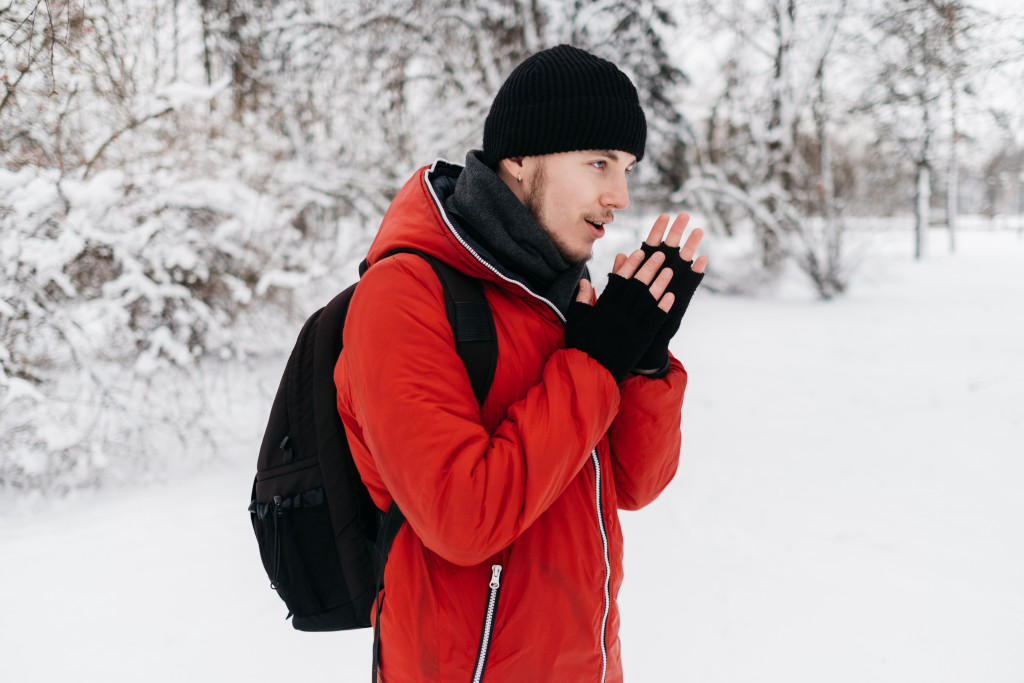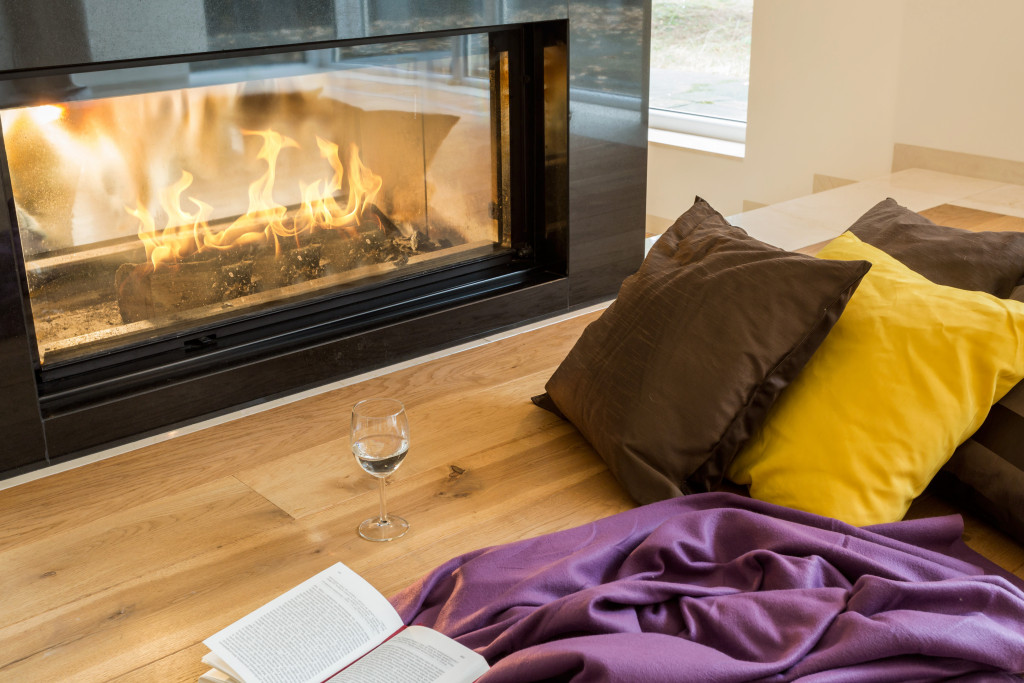Winter is brutal for many families and individuals, as the cold weather can cause numerous health and financial problems. The frigid temperatures can do more than make people uncomfortable; they can put an extra strain on already tight budgets due to higher heating costs. They can also lead to medical concerns like hypothermia, frostbite, and other potentially serious illnesses.
A survey by the American Lung Association found that during winter, millions of Americans are at risk of developing problems related to cold weather conditions. For example, the report estimated that 7 million adults aged 65 or above were affected by high-risk chronic health conditions such as COPD (Chronic Obstructive Pulmonary Disease) or asthma yearly due to freezing temperatures.
Furthermore, a study from the Centers for Disease Control and Prevention concluded that over 2,000 people die yearly in the United States due to cold weather incidents such as hypothermia or frostbite. That number is staggering compared to the number of lives lost due to extreme heat (over 700 per year). Winter poses numerous risks that should not be taken lightly by families.
Families should prepare for winter to avoid being in dangerous situations. Fortunately, these tips can help them figure out what to do with themselves and their homes.
Insulate the Home
Insulating one’s home is a necessary step to prepare for winter. Proper insulation helps regulate the temperature inside the home, regardless of how cold it gets outside. It also traps heat and prevents it from escaping, making it easier to maintain a comfortable indoor temperature without paying expensive heating bills.
When insulating, families should focus on attics, basements, windows/doors, walls, floors, and other home areas where air can easily escape or enter. These are all critical spots that need attention because they can cause energy loss and compromise the comfort of one’s living space.
Attics should be insulated with at least 12 inches of fiberglass insulation; this will help keep warm air in and prevent any cold drafts from entering. Basements should also be protected with foam board or fiberglass batts; this will help regulate the temperature inside and minimize potential moisture damage due to winter rains. Windows and doors should also be checked for leaks. If there are any gaps or cracks around them, caulk should be used to fill them up. Wall cavities should also be filled with spray foam insulation if needed. This will provide an extra layer of protection against cold air from outside. Lastly, floors should be covered with rugs or carpets – these provide excellent insulation against cold temperatures and make it easier for people to walk around barefoot without feeling uncomfortable.
Invest in Weather Clothing

Investing in weather clothing is an integral part of preparing for winter. Families should ensure that everyone has at least one or two sets of warm clothes. These can include jackets, sweaters, hats, gloves, and boots. Layering up is also a good option. This allows families to add or remove layers as needed depending on the temperature.
Down garments are also ideal. They are lightweight but provide excellent insulation against the cold. When shopping for winter clothes, families should look for garments made with synthetic materials such as polyester or nylon – these provide good insulation and don’t absorb moisture as cotton does. You can find a down jacket garment specialist to have warm clothing tailor-suited for you.
Investing in waterproof clothing such as raincoats and snow pants is also wise; this will help keep people dry even during wet winter storms and snowy days. Lastly, families should ensure they have proper footwear – shoes with better grip are recommended since they will provide more stability when walking on slippery surfaces like ice or snow-covered sidewalks.
Stock Up on Winter Supplies
Finally, families should stock up on winter supplies. This includes food and water, flashlights and batteries, first aid kits, fire extinguishers, snow shovels, ice scrapers, sandbags, other flood protection materials, heating fuel (if applicable), etc.
Having these items ready will make it easier for families to handle any situation that may arise during the cold season. Additionally, they should also consider investing in a generator or power generator. This will help provide electricity when there are blackouts due to extreme weather conditions.
The car will also need to be prepared for winter. This includes checking the tires, brakes, and other car parts, which should be in good condition before the cold weather hits. Families should also ensure a good winter emergency kit is ready inside the vehicle. This should include blankets, food, water, first-aid kits, flashlights/batteries, etc. These things will help people stay safe if their car gets stranded due to adverse weather conditions.
Final Thoughts
Winter can be difficult for many families, but having the proper preparations in place before it arrives can make things much easier to handle. By insulating the home, investing in appropriate winter clothing, and stocking up on essential supplies, folks will be better equipped to face whatever Mother Nature throws their way.
These steps will help ensure that people remain safe and comfortable during the cold season. It may seem like a lot of work at first, but the peace of mind it provides is well worth it.
